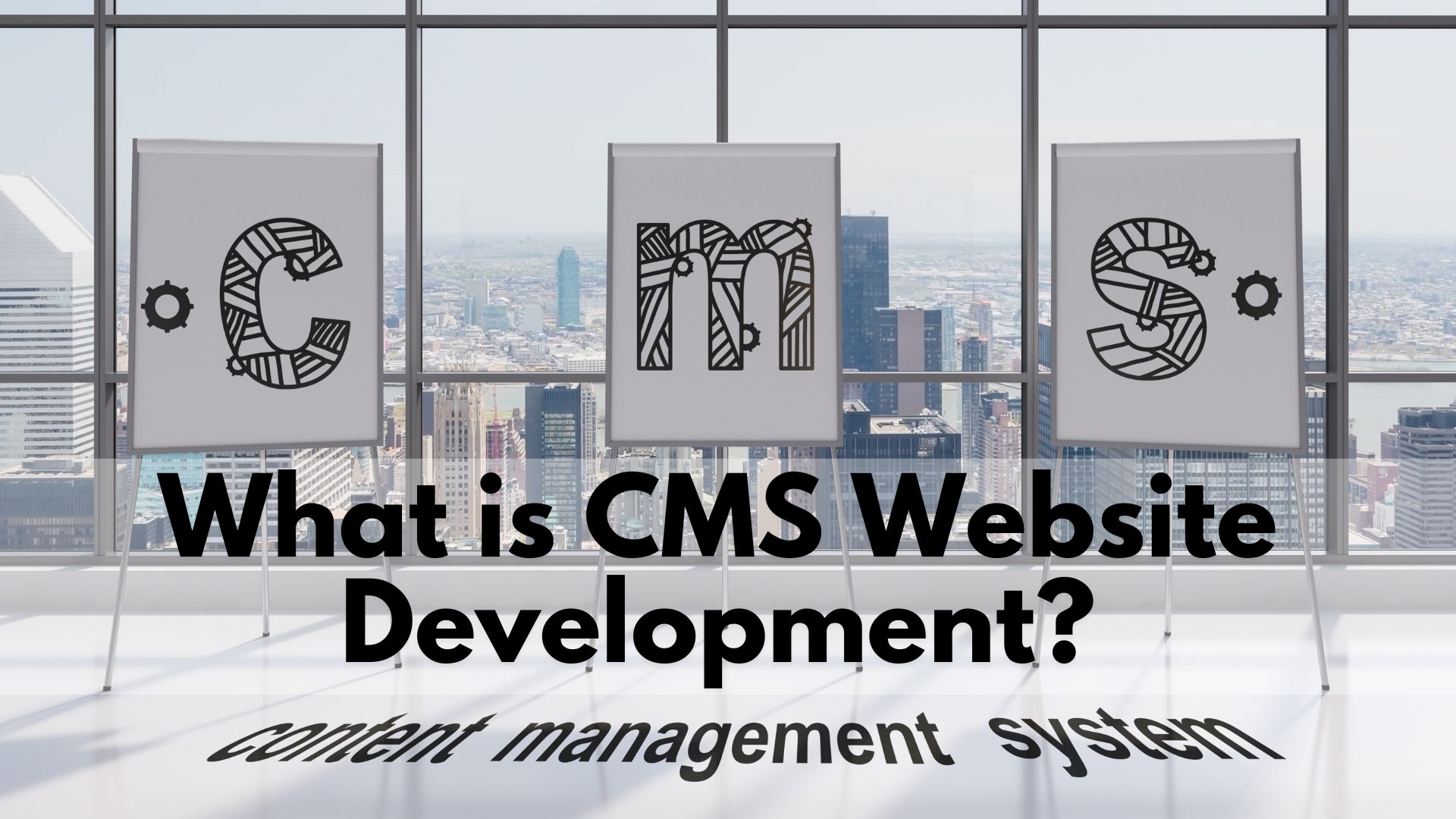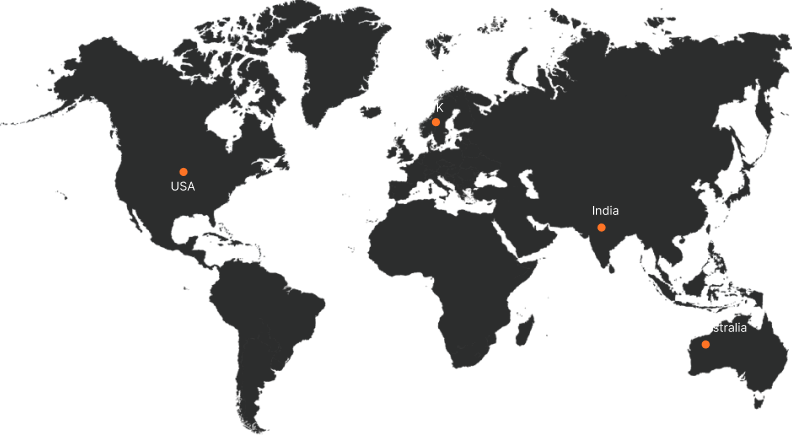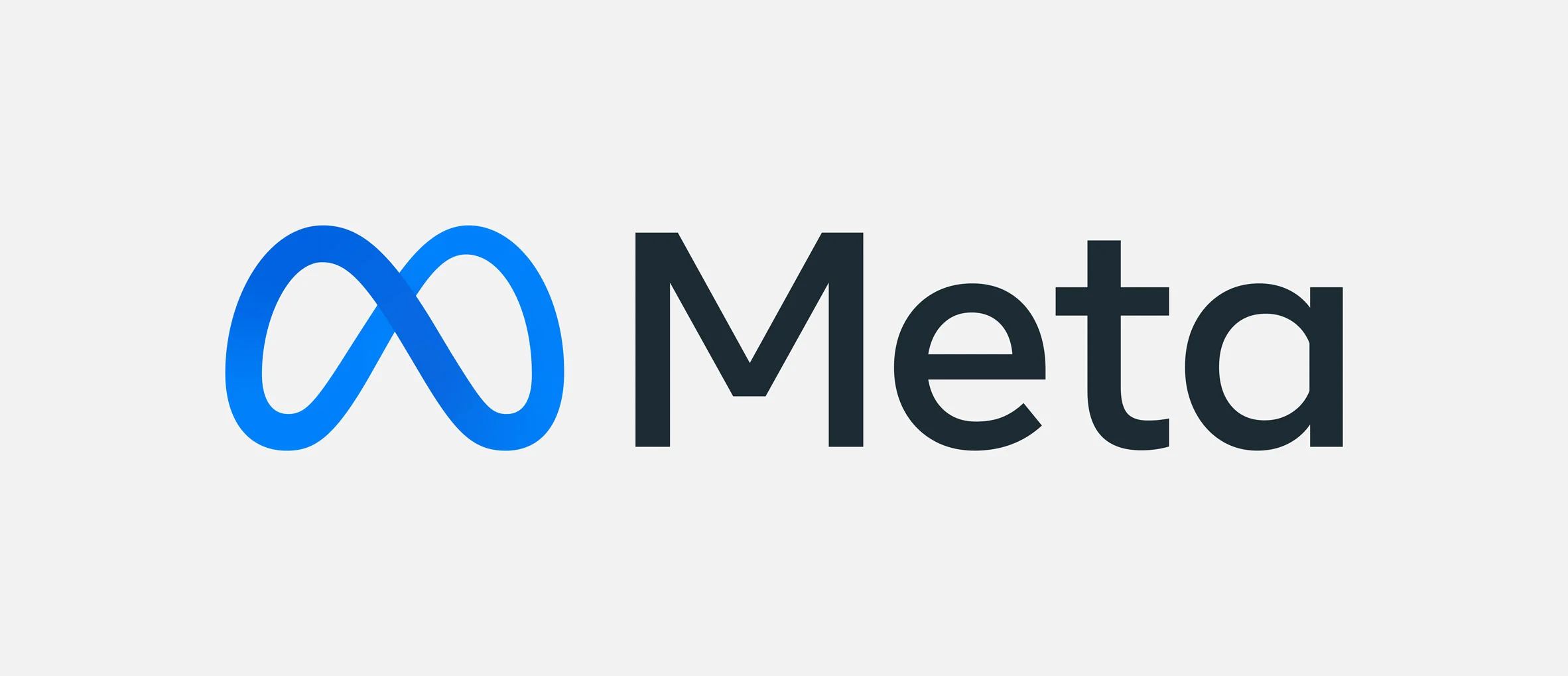What is CMS Website Development?

CMS is better than traditional static websites, where we write code for each web page, which is hectic and more time-consuming. It increases the chance of mistakes and errors, but when CMS came into existence, a lot of things changed. Let’s know what exactly the CMS is.
What is CMS?
The full form of CMS is a Content Management System. It is quite evident from its full form that it is related to managing your content. Basically, it is a software application, and when you use a CMS-based website, you don’t need to rewrite the code again and again.
Because of its user-friendly interface, users can build, manage, and modify their whole website without writing code from scratch. This means expert knowledge of code is not required when you decide to build your website through CMS.
With the use of CMS, multiple users can work collaboratively on a single project to customize designs, layouts with pre-built templates, and functionality with plugins rather than coding it all.
CMS is made of two important parts: one is CMA, which stands for Content Management Application, and another one is CMD, which stands for Content Management Delivery.
In the back-end, these two major applications work effectively by managing all the code and queries of the database, which lets you focus on the website’s front end.
When you work on CMS, you don’t see the empty or blank page on which you have to write HTML, CSS, and JavaScript code.
You open your content editor, maybe it’s a classic editor, Gutenberg. You can easily drag and drop the modules you want to show on the front end of the website. You can easily update and schedule content. How simple is this, huh? Just choose the module and drag or click some buttons from the admin panel.
Now when you are done with your job of making changes, CDA will put all the content into the CMA. It will now assemble it with the code and then display your whole changes or things to the users on the front end.
Content Management Application (CMA): Its interface allows you to create, delete, modify, publish, and schedule content on the website easily.
Content Delivery Application (CDA): It works on the website’s back-end to simplify the content management process and its delivery.
What type of websites can you build with CMS?
It is to build a blogging website, web portal, e-commerce website to sell digital and physical products online, forums website, and portfolios.
How to start with CMS?
So, I am assuming you have decided on your domain name already, bought it from suitable platforms, and also purchased the hosting. Now you only need a few basic steps to use CMS.
- First, you need to research and choose the right CMS according to your website’s requirements.
- The second is installing it quickly with the easy steps.
- The third step is to install important plugins like SEO plugins (Yoast SEO, Rank Math, etc.) to create forms. It’s completely your choice; you can rely on the best free or paid plugins.
- The next step is to design your website with freely available templates and paid templates, or you can create custom templates as well according to your needs.
- The second last step is to upload content. To make your website visually appealing, add media files and content easily.
- The last step is to hit the publish button and enjoy.
Importance of using CMS
Easy to use: The best part of the CMS is you can access your website’s themes, plugins, content, etc., at their control panel, and most of the CMS offer this facility.
No Technical knowledge of coding required: CMS offered the ease of designing a website without seeking the help of front-end developers. You just need to drag and drop modules to build, manage, and customize your website design.
Multi-user collaboration: It means multiple users can work on a single project. They can manage and access the front end and back end both at the same time.
Define user roles and permissions: You can easily define roles and restrict permissions for users. For example, you don’t want your content writer to access header files and can’t download and delete plugins. You can do this with some conditions in the CMS.
Content scheduling: It is especially helpful for blog posts. You can timely update content on your website, so by chance, you don’t skip the process due to any reason scheduling it can help you more.
Minor Updates: When you need to do some updates on your website, there is no need to hire a freelancer; you can do it by yourself. because the functionality is already described. If you want to change the banner image you can do it easily, want to update any media or any web page content you can do it in minimum time.

Important SEO Features & Extension
It is important to optimize any website for search engines to gain organic traffic. CMS offers SEO features & extension options. You can install different plugins to optimize your website.
List of the best CMS Platforms
WordPress: One of the most popular platforms of all. Anyone can easily build a normal WordPress website with the help of the Gutenberg editor.
Drupal: It’s one of the flexible CMS and is good for big government agencies and for large-scale projects.
Magento: It’s open-source and leading in the e-commerce industry.
Joomla: It’s a WordPress alternative. Its advanced content management and multi-user options make it better than others.
In Conclusion
In this blog post, we discussed the meaning, importance, and list of popular CMS that are flexible open-source platforms. You can have your custom-built CMS as well.
We have a team of CMS developers who can assist you and offer you guidance according to your needs. Stay in touch with Trycyfer for more useful information.











